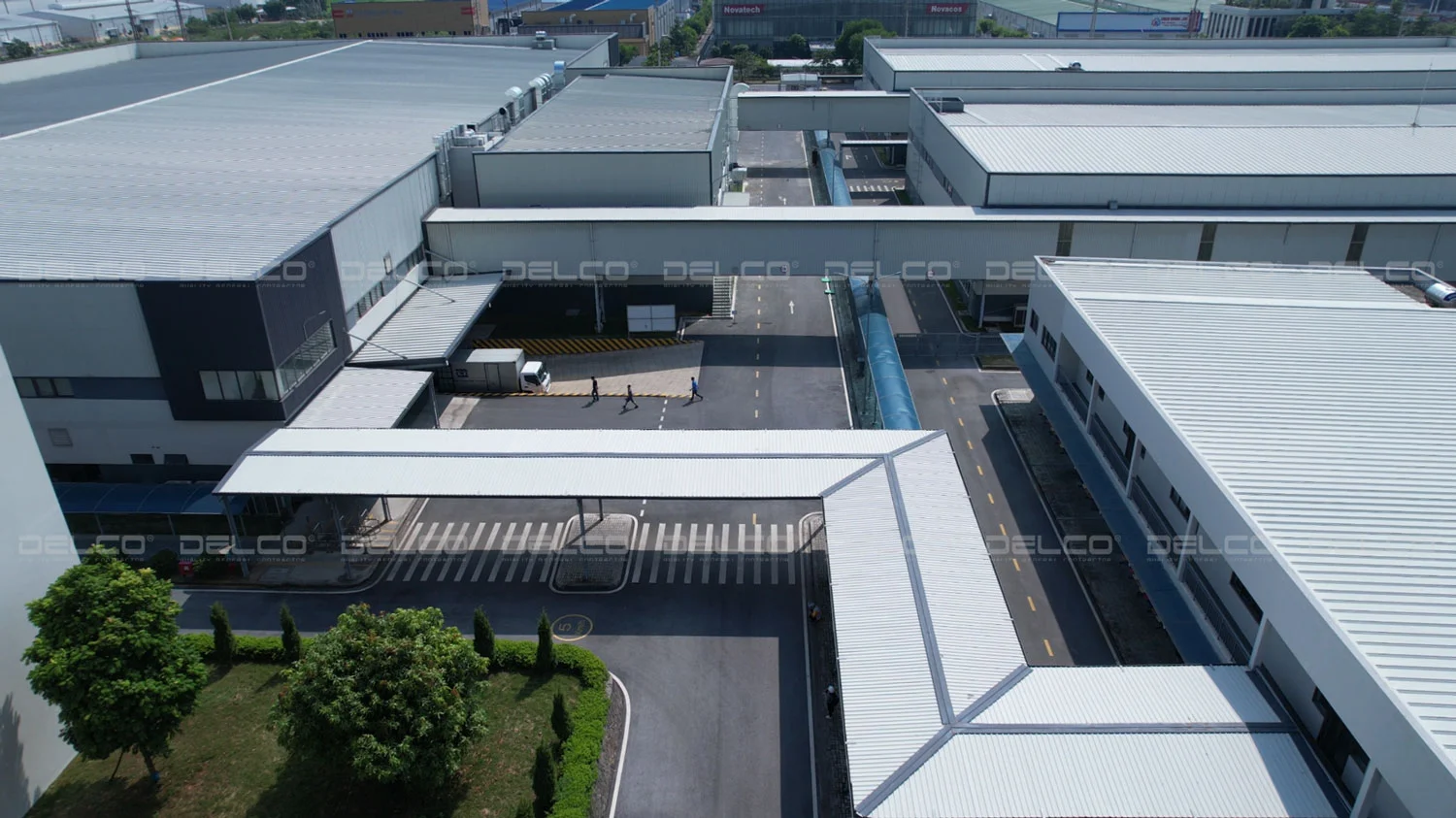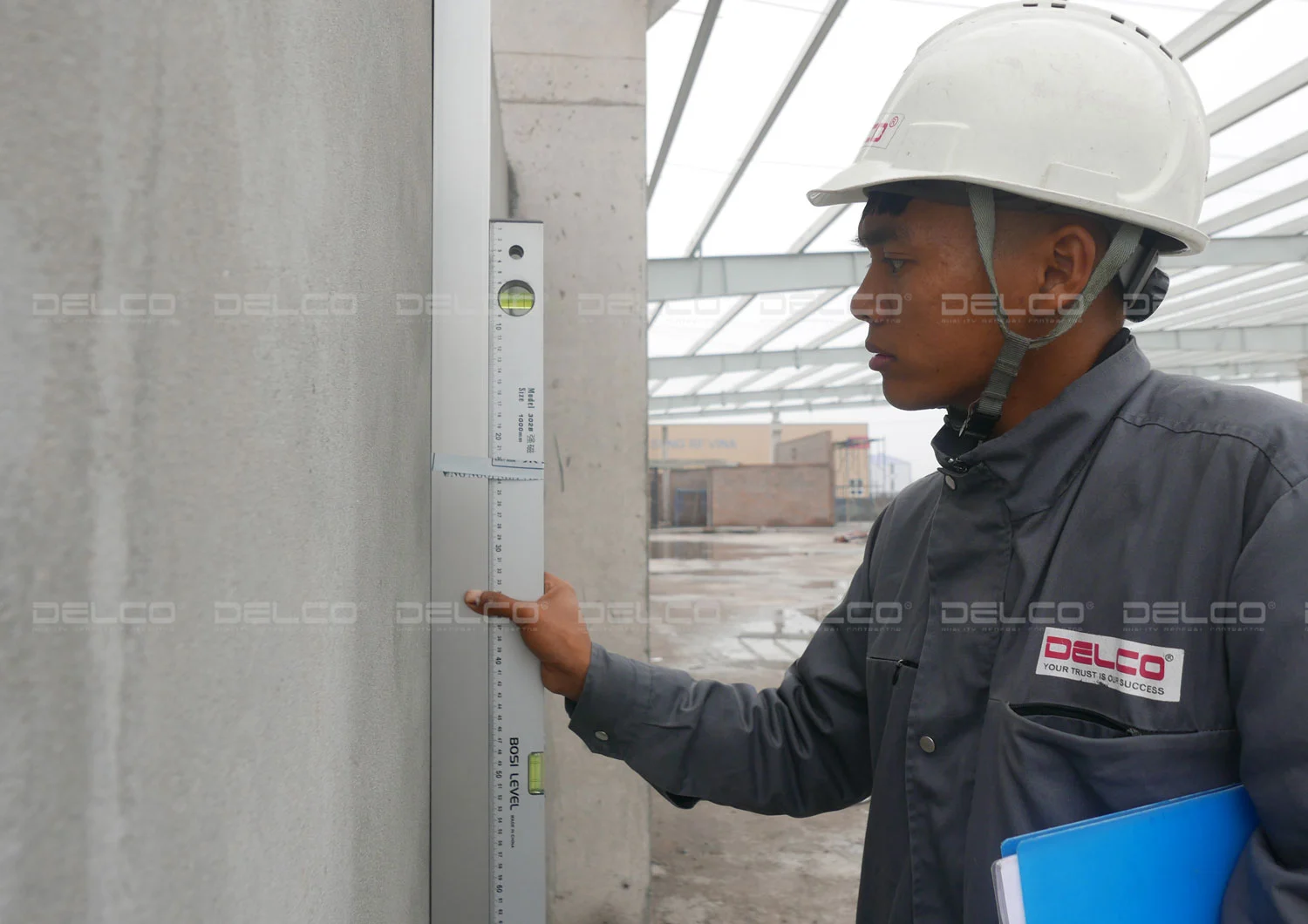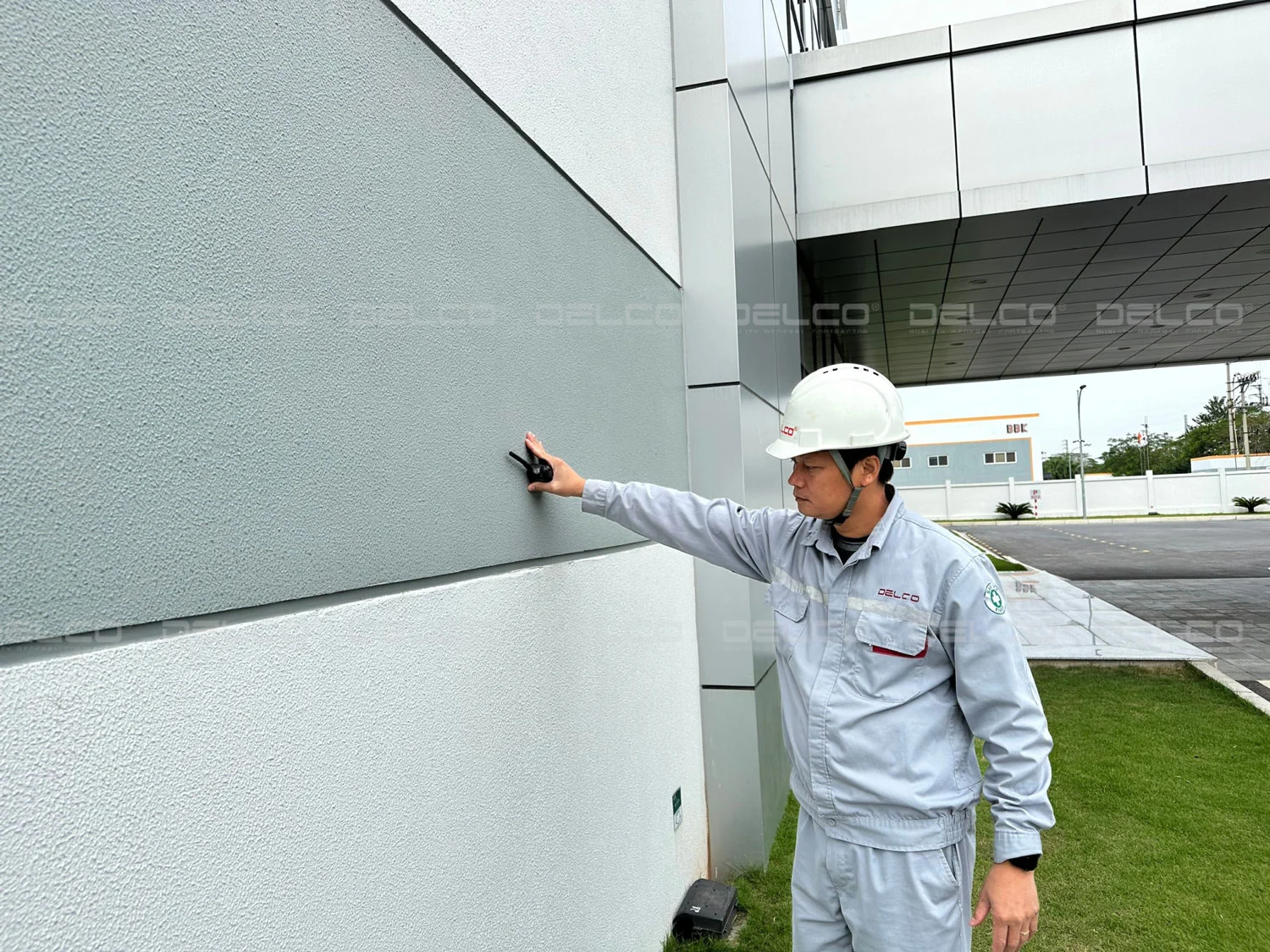Understanding the regulations and critical points during the geotechnical survey process for factory construction—such as drill hole positioning, common tests, and important parameters—helps investors effectively oversee and ensure the quality of the project.
Regulations for geotechnical surveys in factory construction
When conducting a geotechnical survey for factories, particularly in industrial zones, the following should be noted:
- Completion of land leasing/purchasing procedures before the survey: After completing land-related procedures and obtaining the plot map and preliminary master plan, including the location and number of drill holes, the investor should notify the Industrial Zone Management Board (IZMB) and collaborate on the geotechnical survey plan.
- Supervision of the geotechnical survey: The investor should assign a qualified professional to supervise the survey process or hire a consultancy firm to ensure the survey is conducted properly, minimizing errors and collecting accurate data for design and construction.
- Data processing and reporting: All survey data must be thoroughly checked, calibrated, and compiled into a comprehensive report, including explanatory notes and appendices. This report serves as the basis for calculating and designing load-bearing foundation structures for the project.
Factory geotechnical survey process and key considerations
Positioning geotechnical drill holes
Positioning geotechnical drill holes is the initial step and serves as the basis for collecting geological data. The location, number, and depth of the drill holes must strictly follow the guidelines provided by the design team. Any deviations can lead to errors in geological assessment, posing risks to the design and construction phases.
Drilling and sample testing
After exploratory drilling and collecting soil and rock samples, field and laboratory tests are conducted to determine the soil’s physical and mechanical properties.
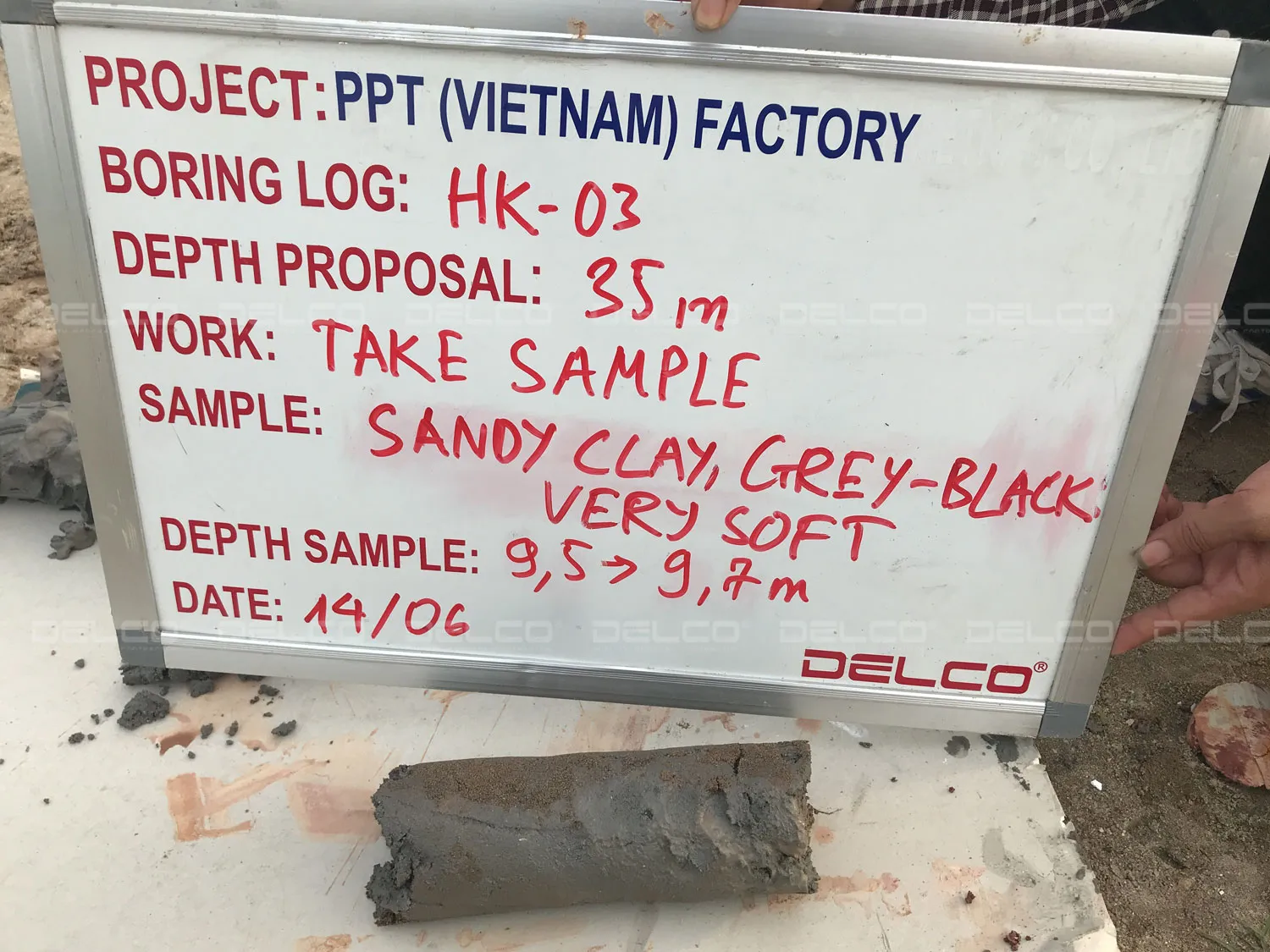
Common site tests include the Standard Penetration Test (SPT), which evaluates soil density and load-bearing capacity directly at the geotechnical drilling site, and the vane shear test, which determines the shear strength of weak soils, particularly water-saturated clay. Laboratory tests, often used to assess soil stability and actual load-bearing capacity, include the consolidation test, static load test, and other similar procedures.
Measuring groundwater levels
Groundwater levels are directly related to soil porosity and load-bearing capacity. For projects requiring deep excavation, encountering groundwater can increase the risk of subsidence. Therefore, groundwater levels must be measured at the drilling holes to assess potential risks of erosion and to propose appropriate technical solutions for the project’s foundation.
Additionally, for factory construction projects in areas with complex terrain, such as mountainous provinces like Phu Tho or Hoa Binh, investors should thoroughly survey elevation levels along with groundwater measurements. These areas often face high risks of erosion and landslides due to heavy rainfall. Detailed surveys of terrain and groundwater levels allow for timely solutions, such as retaining walls or foundation reinforcements, to ensure structural stability.
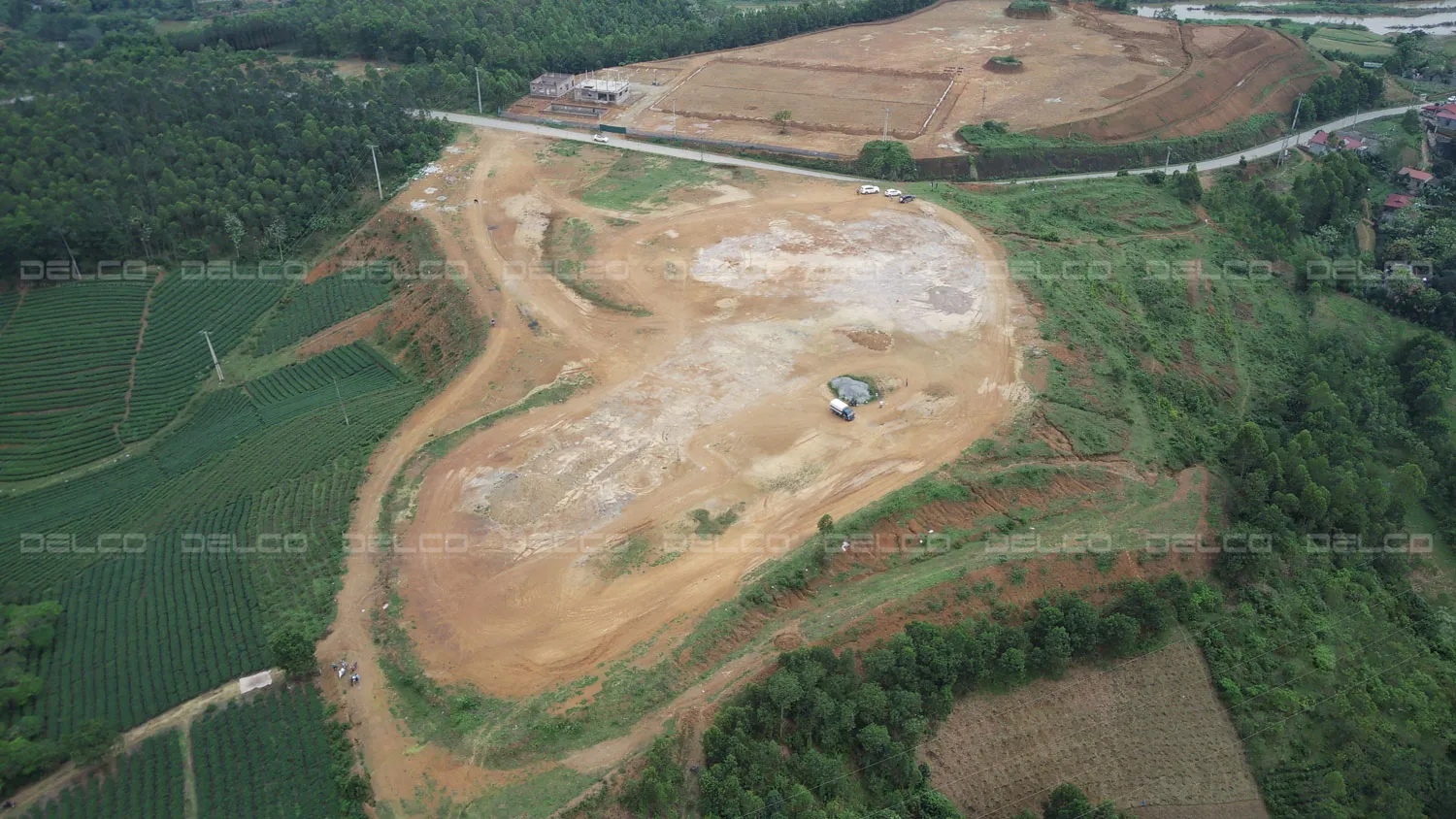
For factory construction in mountainous regions like Phu Tho and Hoa Binh, special attention should be paid to terrain and groundwater surveys to develop suitable solutions.
Preparing a geotechnical survey report
All data collected during the survey and testing process is compiled into the geotechnical survey report. This report provides essential parameters for designing foundations, load-bearing structures, and related technical solutions.
Geotechnical surveys serve as the foundation for factory design and load-bearing solutions for industrial buildings. Investors should select experienced and capable service providers to ensure the accuracy and reliability of the results. Even in areas with simple terrain and geology, detailed surveys remain an indispensable step to prevent potential issues during later stages of the project.
Xem thêm: Geotechnical survey for factories: Basis for design and load-bearing solutions
Xem thêm: 7 important considerations during the factory design process


